-
Załączniki bezpieczeństwa
Załczniki do produktuZałączniki dotyczące bezpieczeństwa produktu zawierają informacje o opakowaniu produktu i mogą dostarczać kluczowych informacji dotyczących bezpieczeństwa konkretnego produktu
-
Informacje o producencie
Informacje o producencieInformacje dotyczące produktu obejmują adres i powiązane dane producenta produktu.NuNu Model Kit
-
Osoba odpowiedzialna w UE
Osoba odpowiedzialna w UEPodmiot gospodarczy z siedzibą w UE zapewniający zgodność produktu z wymaganymi przepisami.
NuNu 24018 MITSUBISHI LANCER TURBO 82 RALY 1000 LAKES 1/24
Plastikowy model samochodu wyścigowego do sklejania. Zestaw modelarski nie zawiera kleju ani farb.
W latach 70. światowi producenci samochodów byli zajęci przestrzeganiem przepisów dotyczących kontroli emisji gazów z pojazdów. W tej sytuacji Mitsubishi, który był aktywny w rajdzie, został zawieszony w swojej działalności w 1977 roku.
Jednak, podczas gdy perspektywa regulacji została ustalona, Mitsubishi najpierw rozpoczęło lifting linii produktów, a następnie przeniosło się do wznowienia sportów motorowych. Nie trzeba dodawać, że teren był rajdem. Europejskie specyfikacje Lancera EX2000 Turbo zostały ogłoszone jako podstawowy pojazd rajdowego samochodu na targach motoryzacyjnych w Tokio, które odbyły się jesienią 1979 roku i wywołały sensację na stoisku Mitsubishi. Silnik został wyposażony w 4-cylindrowy rzędowy SOHC o pojemności 1997 cm3 z przodu w nadwoziu, w którym zastosowano gładką powierzchnię z pełną zmianą modelu i skupiono się na większej przestrzeni wewnętrznej. Wyposażono jedną turbosprężarkę wyprodukowaną przez Mitsubishi Heavy Industries oraz system intercoolera. Układ dolotowy był wyposażony w elektroniczne sterowanie paliwem i wytwarzał 80 koni mechanicznych. W modelu Lancer EX2000 Turbo z napędem na tylne koła 2WD zastosowano konwencjonalny napęd na dwa koła z silnikiem przednim i tylnym. Specyfikacja rajdowa Lancera Turbo, który w 1980 r. nadal dojrzewał, zadebiutowała w Rajdzie Akropolu WRC Round 6 w 1981 roku. Mimo że wycofał się z tego rajdu, następnego wyścigu w 9. rundzie Rajdu 1000 Lake, Lancer EX Turbo zakończył na 10 miejscu, 11 miejscu i 12 miejscu z trzema samochodami. Ponadto Lancer Turbo brał udział w wielu rajdach, takich jak rajd RAC, i kontynuował prace rozwojowe. W następnym roku, podczas 9. rundy w 1982 roku 1000 Lake Rally, Lancer Turbo zajął trzecie miejsce w jeździe P. Airikkali. Jednak wiodącą rolę odegrały modele Grupy B, takie jak Audi Quattro i Lancia Rally z centralnym silnikiem, w których zastosowano już system 4WD. Lancer Turbo z systemem FR 2WD dla wyścigu grupy 4 nadal dobrze walczył do 1983 roku i wycofał się z linii frontu. Jednak doświadczenie i technologia przeszły na kolejne maszyny Mitsubishi i stworzyły epokę taką jak Lancer Evolution i inne.
In the 1970s, global automakers were busy complying with the vehicle emission gas control regulations. In the midst of this situation, Mitsubishi, who was active in the rally, was suspended from his activities in 1977.
However, while the prospect of regulations had been set, Mitsubishi first started with facelift of product lineup, and then moved to resumed motor sports activities. Needless to say, the field was Rally. The European specifications of Lancer EX2000 Turbo was announced to be the base vehicle of the rally car at the Tokyo Motor Show held in the fall of 1979, and caused a sensation in the Mitsubishi booth. The engine was equipped with a 1997cc inline 4-cylinder SOHC at the front in the body that adopted the flush surfaced design with a full model change and focused on more indoor space. One turbocharger manufactured by Mitsubishi Heavy Industries and an intercooler system were equipped. The intake system was equipped with an electronic fuel controll, and produced 80 horsepower. With the rear-whee-drive 2WD, the Lancer EX2000 Turbo adopted a conventional two-wheel drive system of the front-engine and rear-drive. The rally specification of Lancer Turbo, which continued to mature in 1980, made its debute at the WRC Round 6 Acropolis Rally in 1981. Although it retired in this rally, the next race at the 9th round 1000 Lake Rally, the Lancer EX Turbo finished in 10th place, 11th place, and 12th place with three cars. Furthermore, the Lancer Turbo competed in many rallies such as the RAC rally and proceeded with development. The next year, at the 9th Round of 1982, 1000 Lake Rally, the Lancer Turbo won the third place in P. Airikkala’s drive. However, Group B models such as Audi Quattro and mid-engined Lancia Rally, which already adopted 4WD system were the leading roles. The Lancer Turbo with FR 2WD system for the Group 4 race, continued to fight well until 1983, and retired from the front line. However, the experience and technology handed over to Mitsubishi’s subsequent machines, and created an era such as Lancer Evolution and others.





















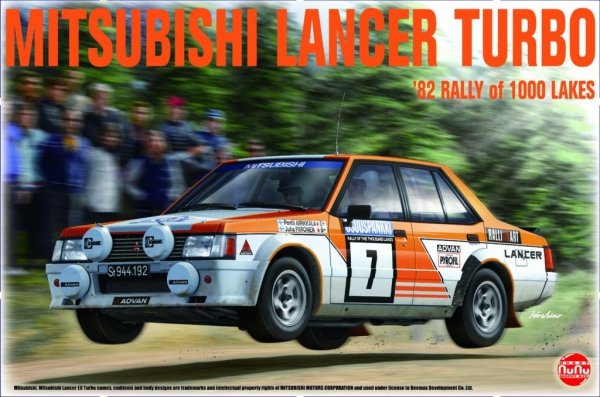
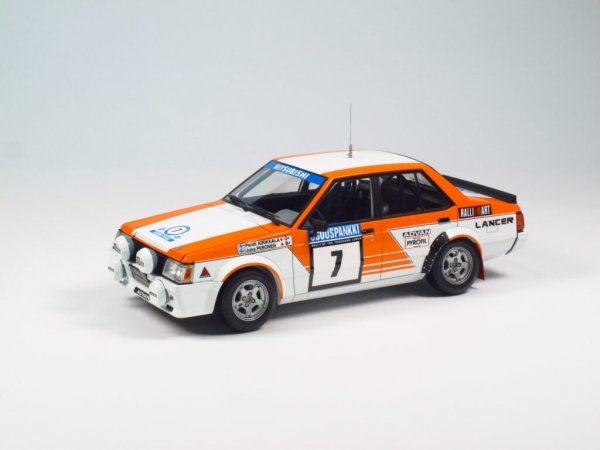
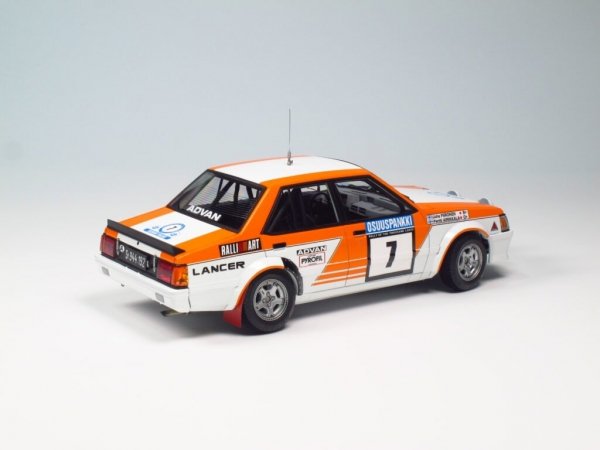
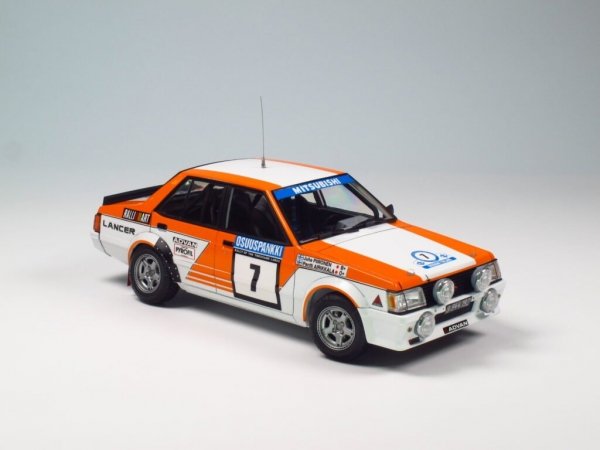

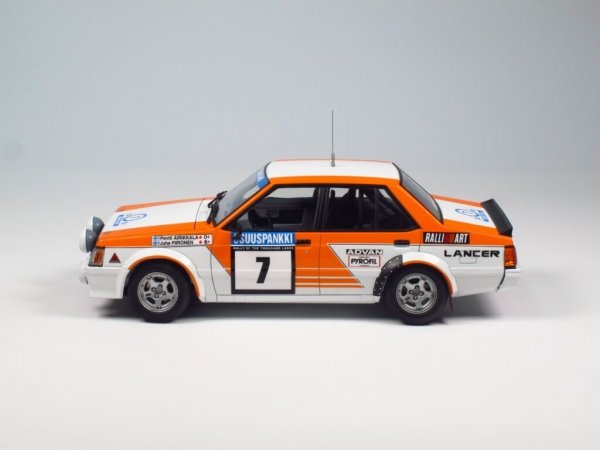
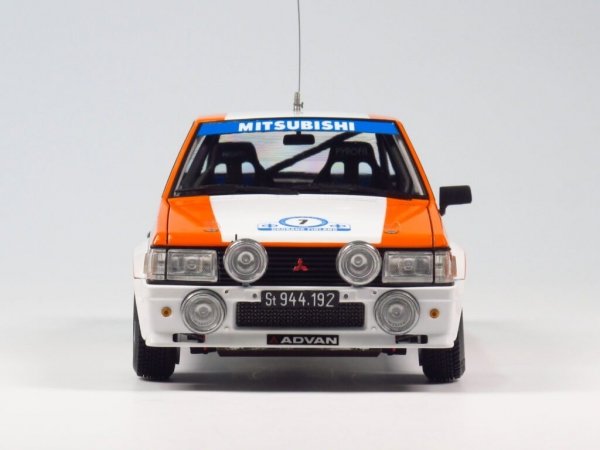
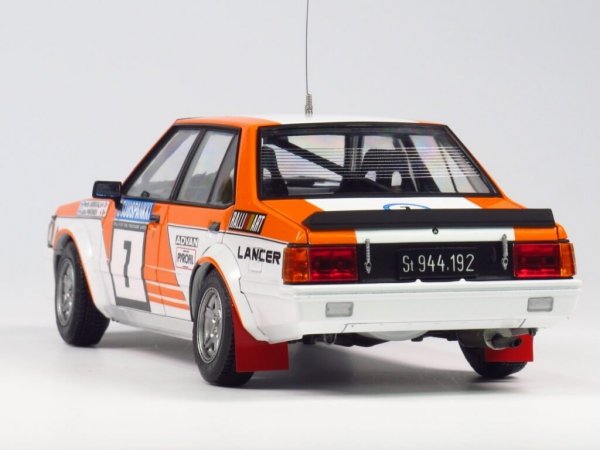
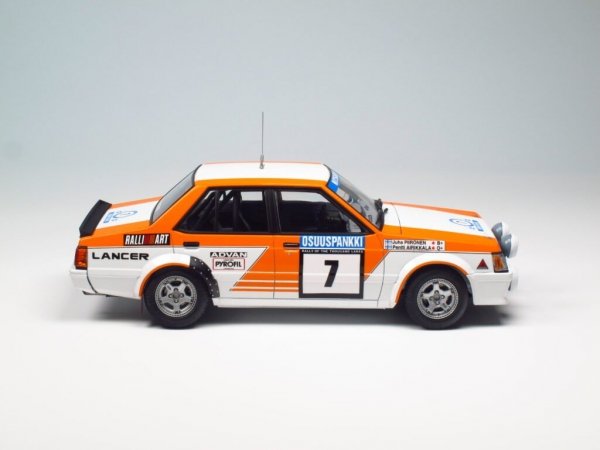
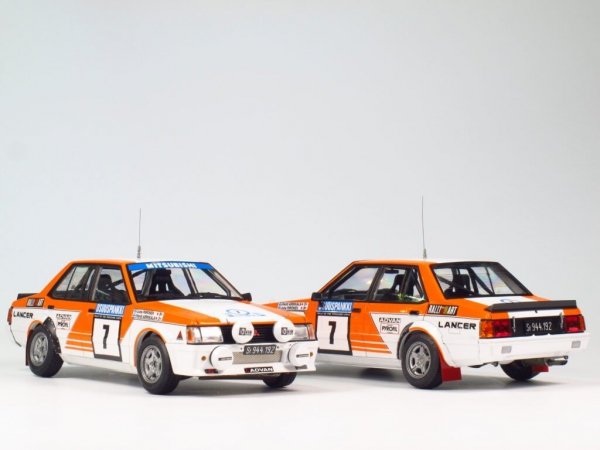
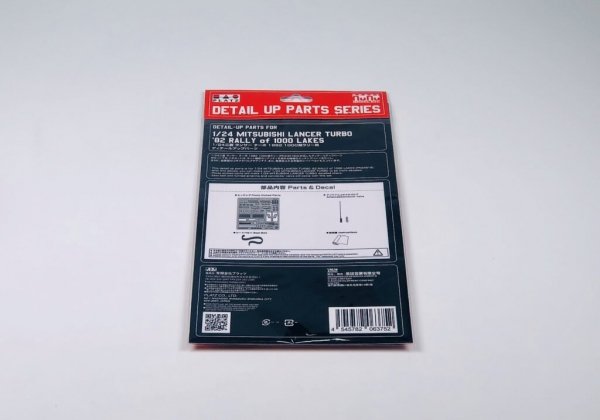
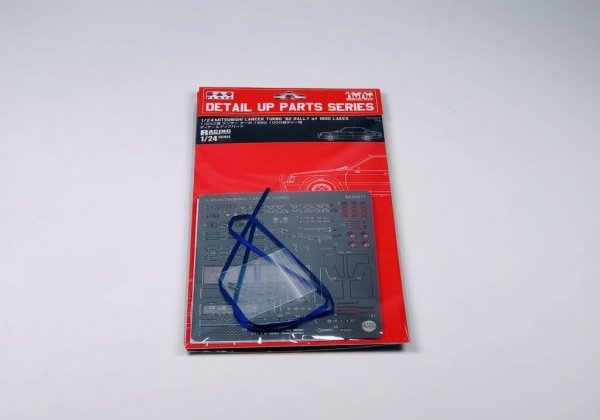
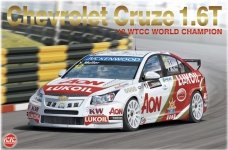
 1 szt.
1 szt.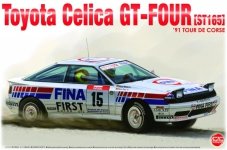
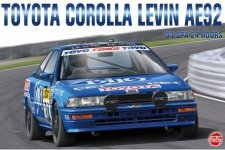
 10 szt.
10 szt.